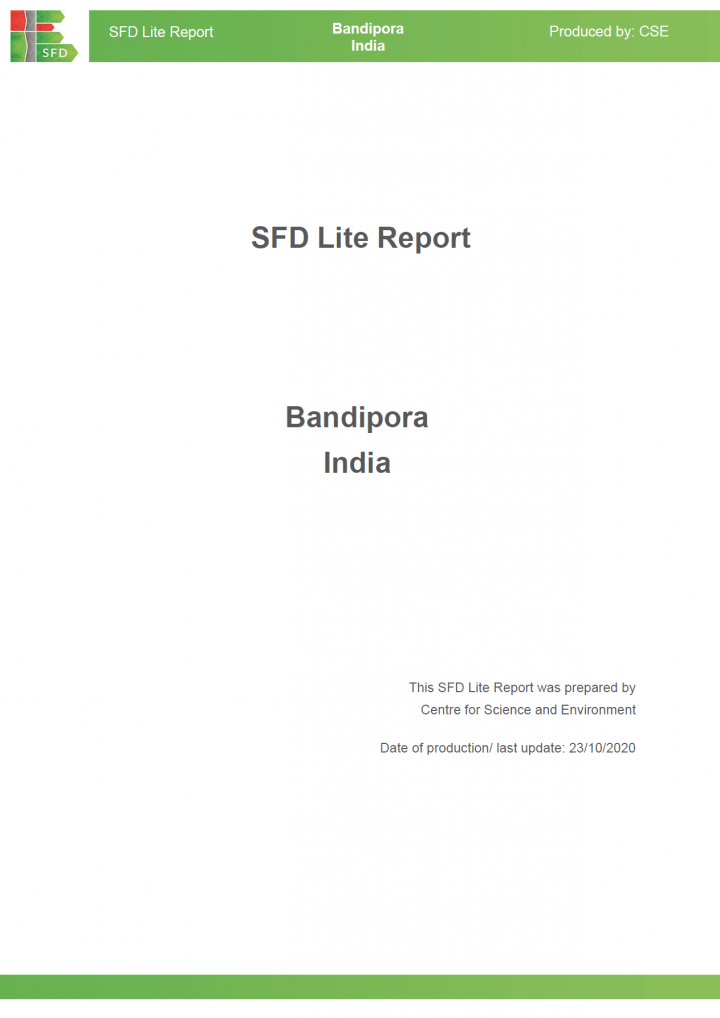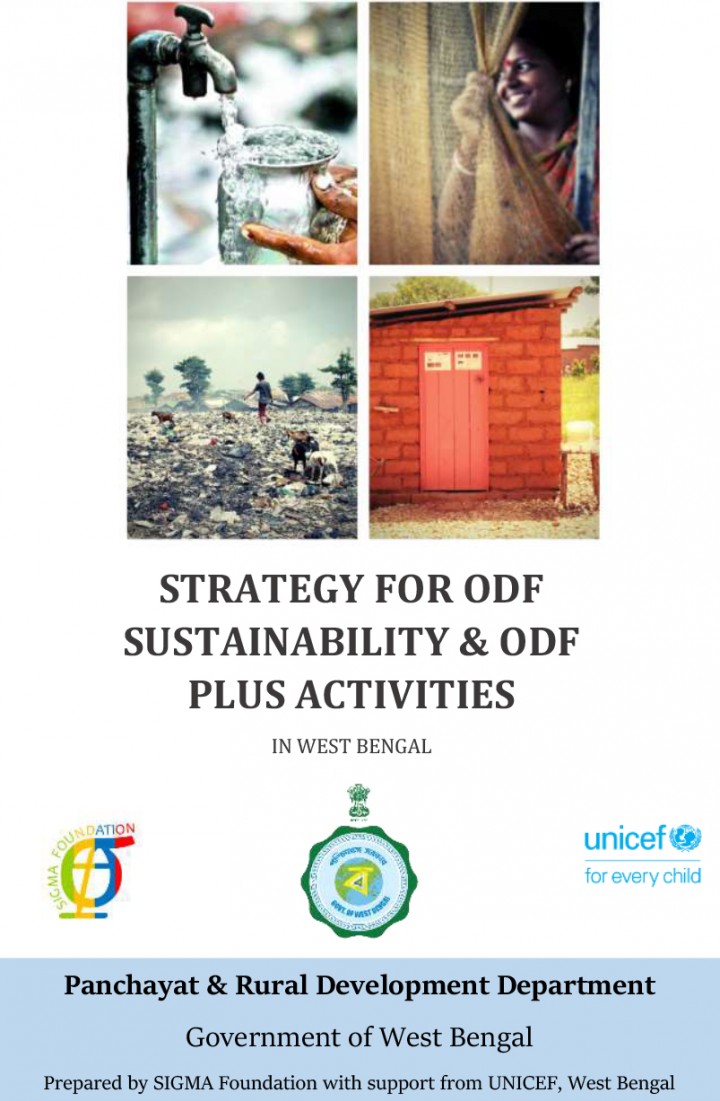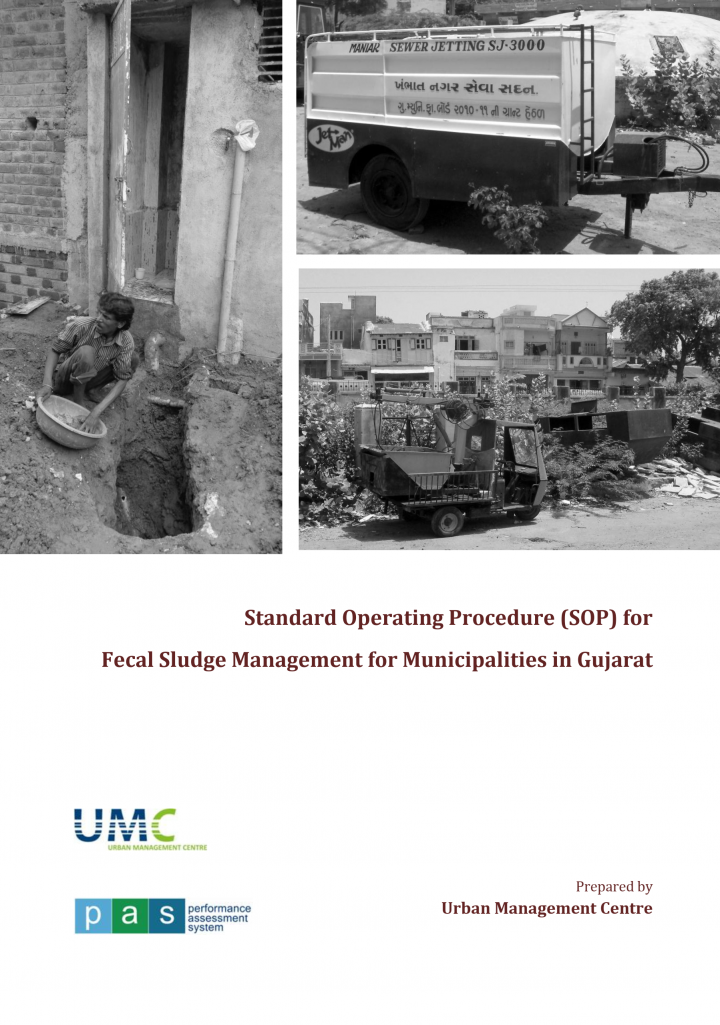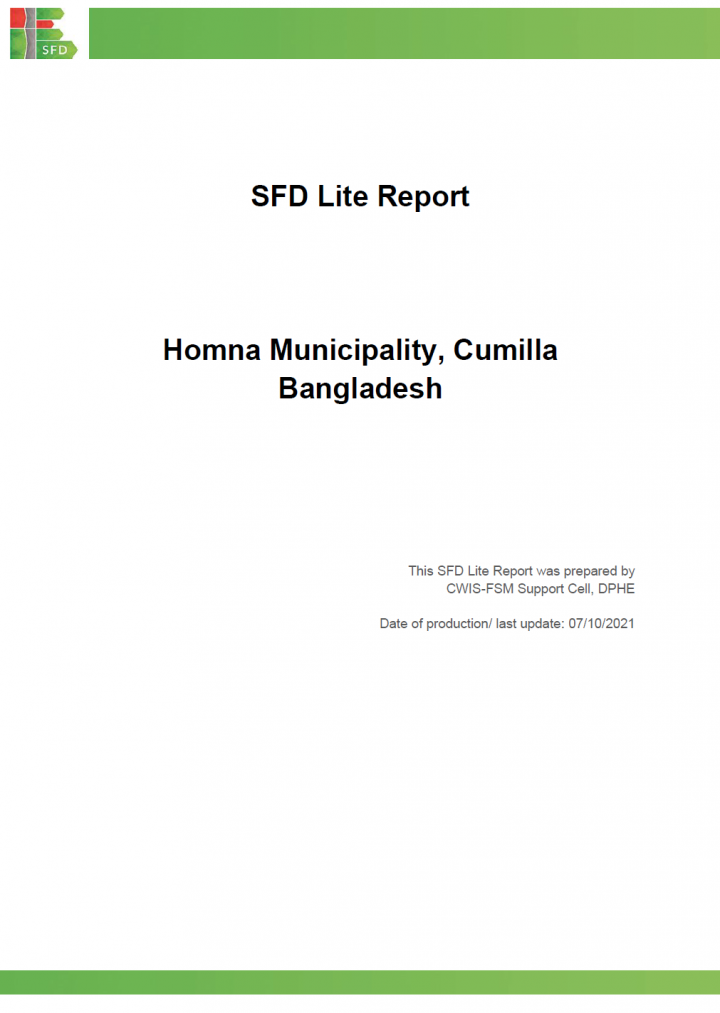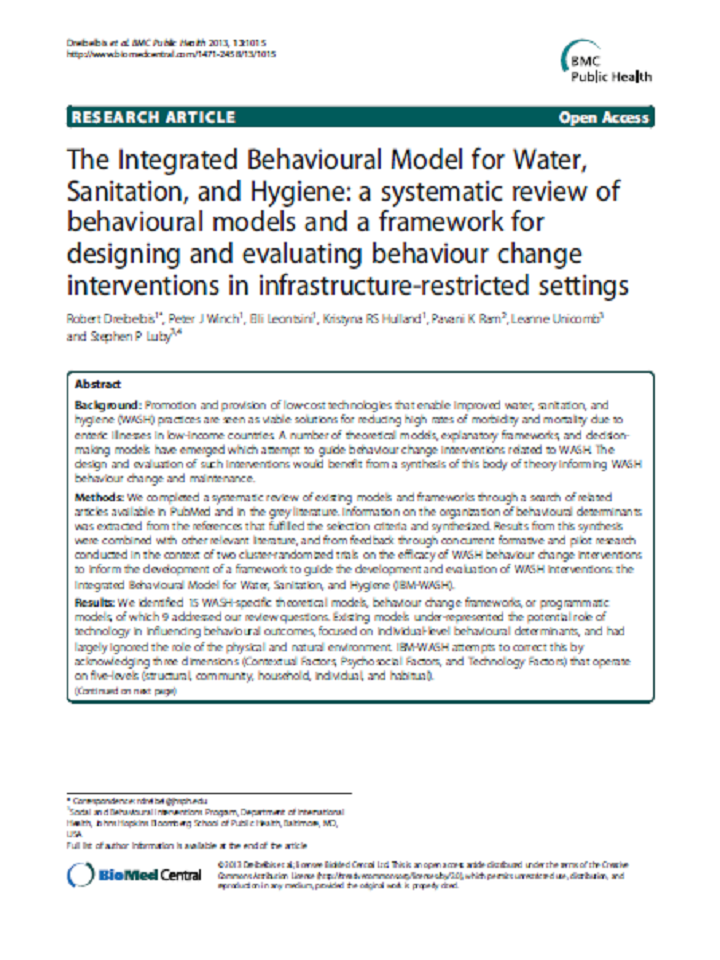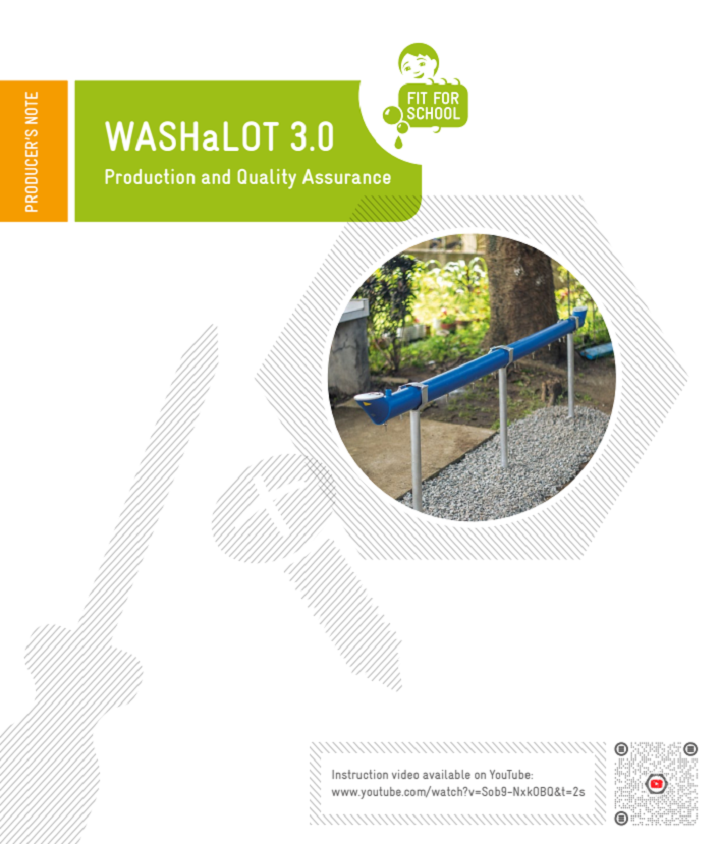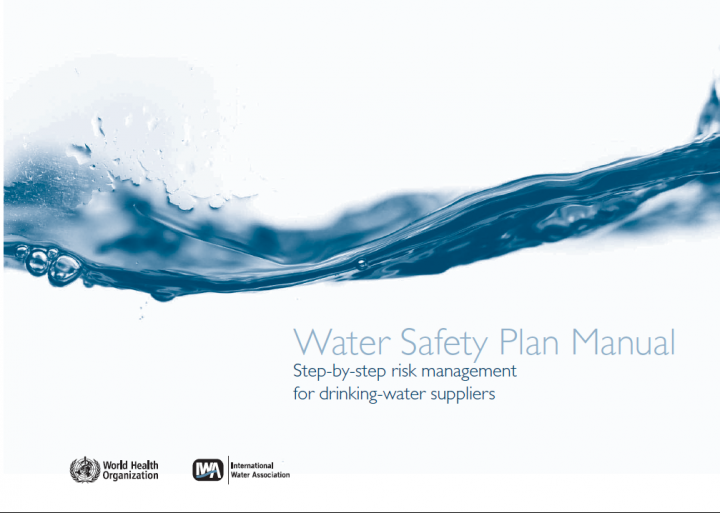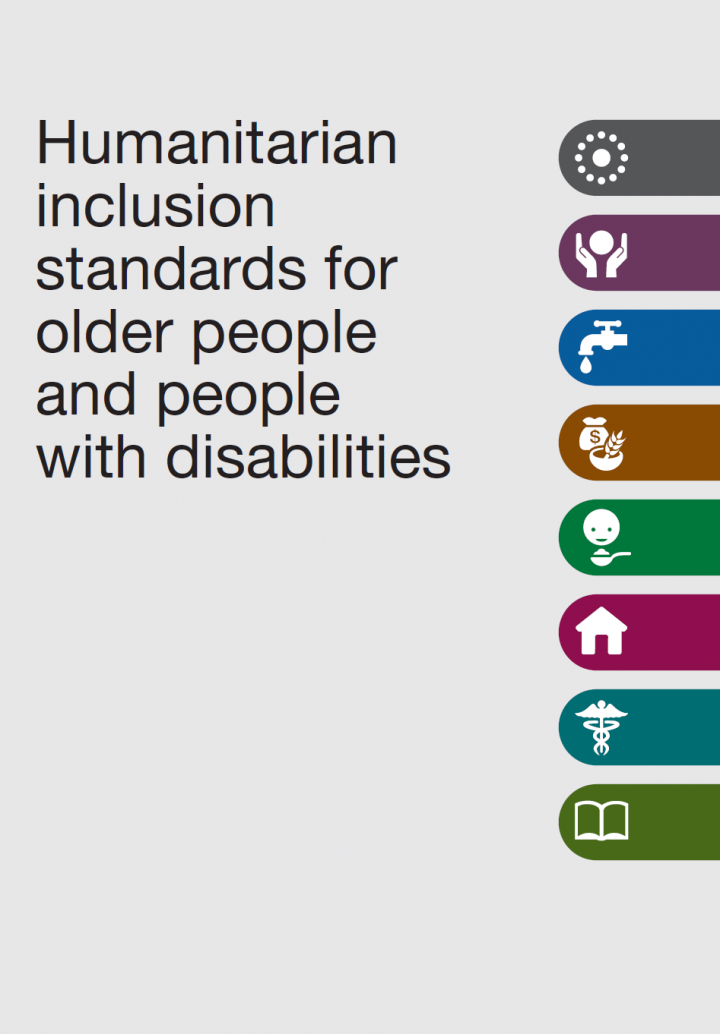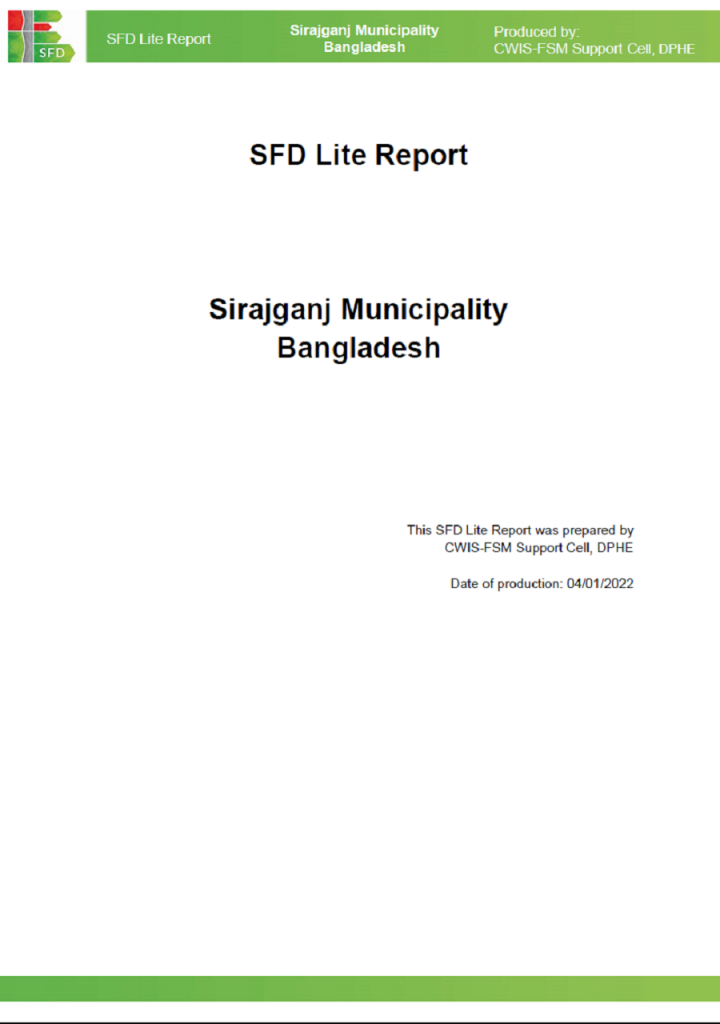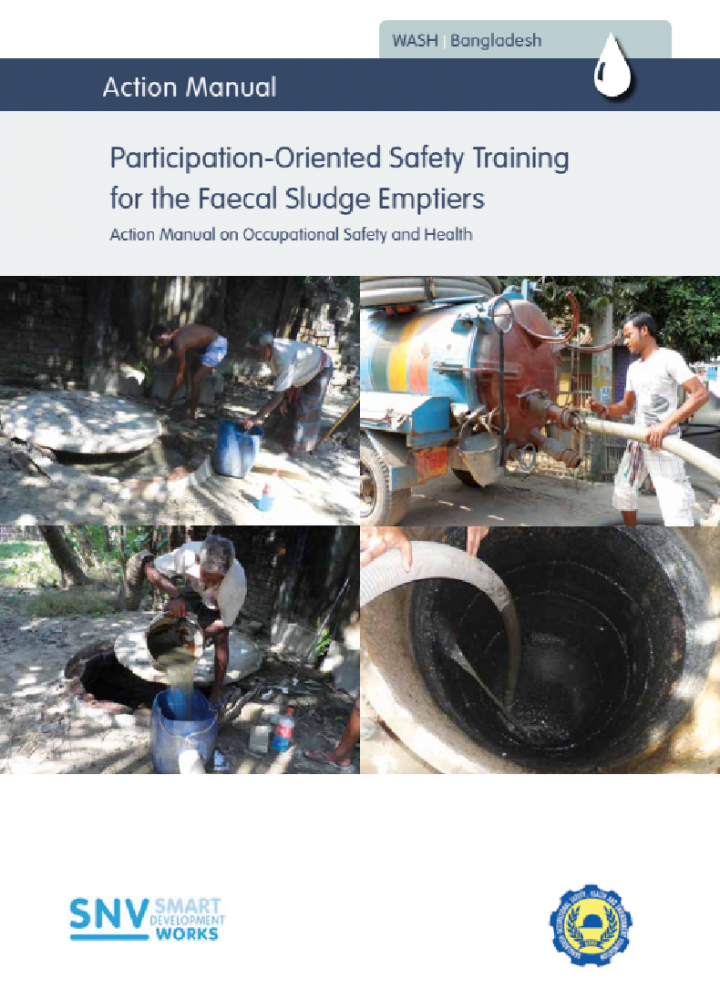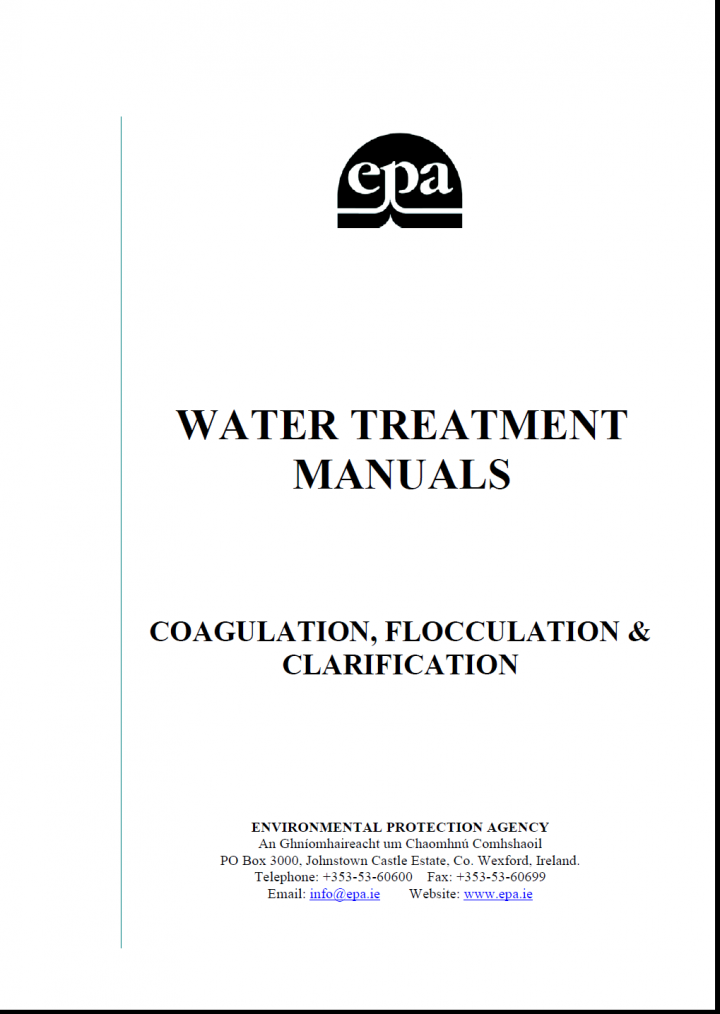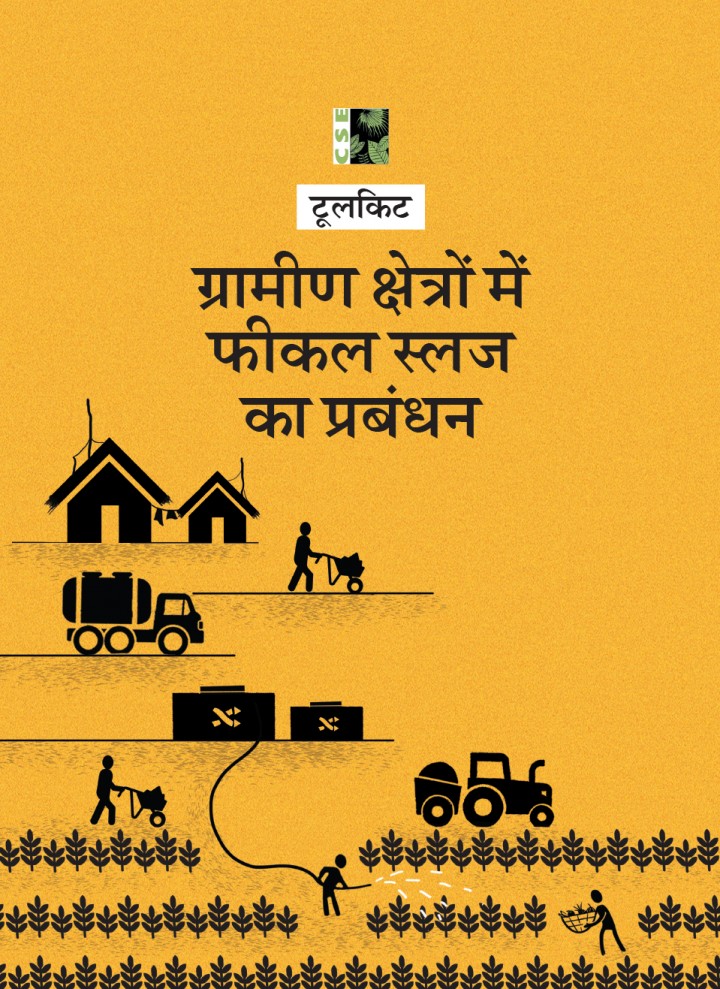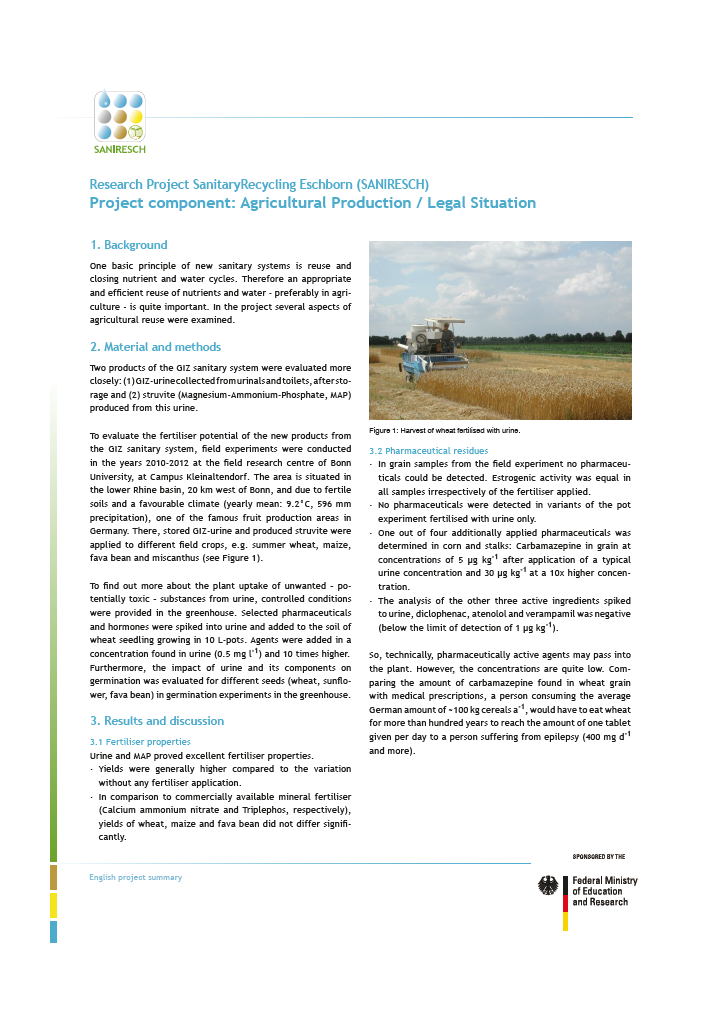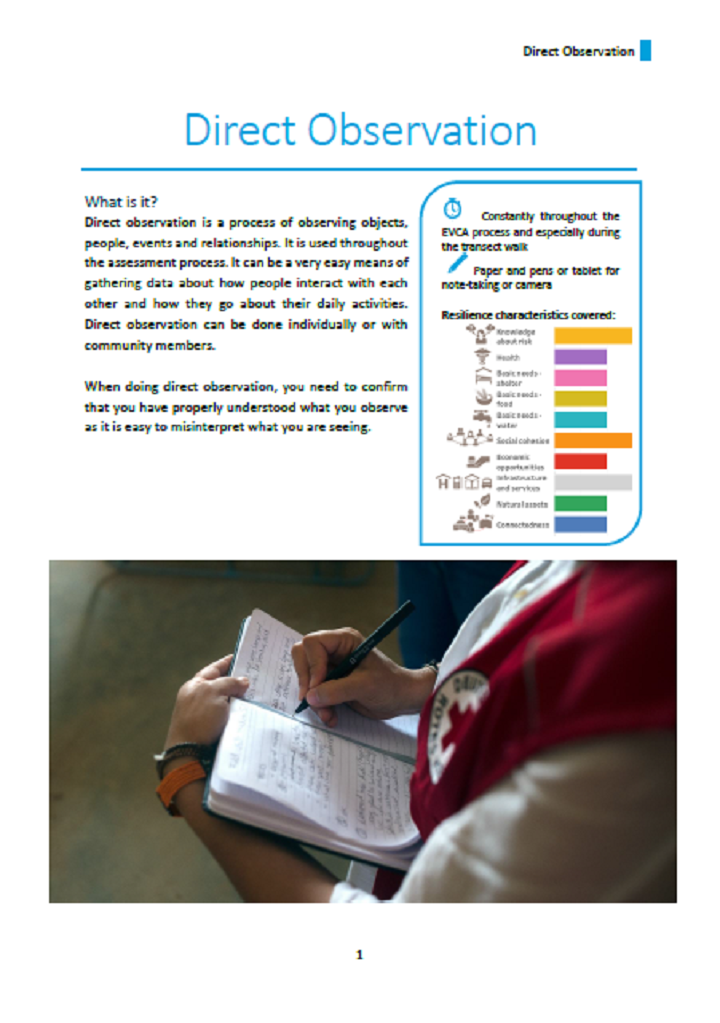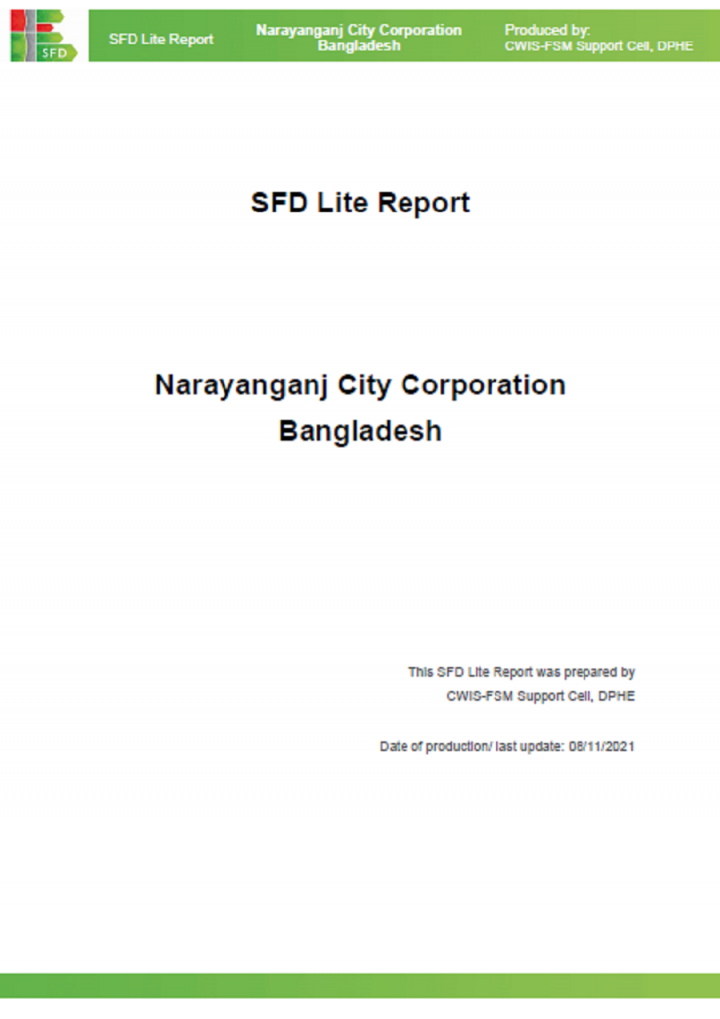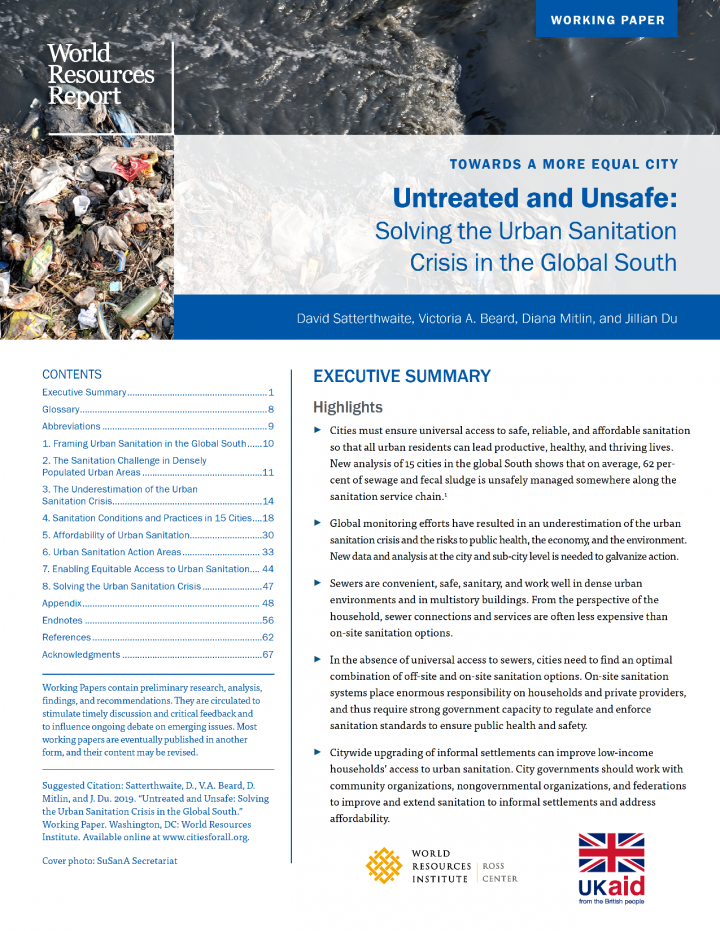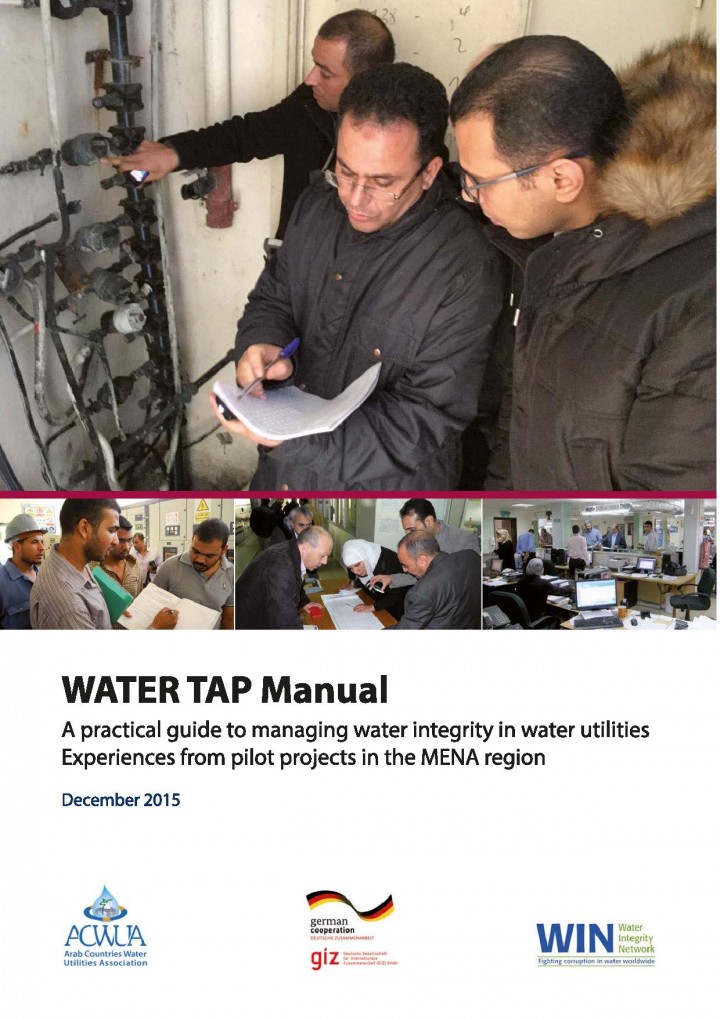Searching for information on Sanitation Workers?
The Sanitation Workers Knowledge + Learning Hub is the best source for all current news, trends, articles and updates on sanitation workers rights around the world.
Bandipora city is the headquarters in Bandipora District. Bandipora District is one of the 22 districts of Jammu and Kashmir Union Territory. The District lies in Northern Kashmir with Baramulla District in South and Kargil District in East. It is the 14th largest District by population in Jammu and Kashmir.
Bandipora city is located at a distance of 47 km from Srinagar and at a distance of …
This strategy for ODF sustainability is guided by the vision of the state government and the requirement of the second phase of the sanitation movement. Further, meeting the said objectives will require progress in several dimensions of sanitation and involvement of different departments of the state government dealing with the particular matter as well as all other stakeholders working in the …
Whilst pit latrines are often the most suitable form of sanitation in lowincome communities, there are some situations which present particular challenges for designers and builders. These situations include locations where rock is close to the surface, so preventing the excavation of a deep pit, or in cold climates where solids do not decompose as readily as in warmer environments. This guide …
Homna is a sub-district town of Comilla district in the division of Chittagong, Bangladesh. The town is situated beside the Titas River and well connected with road and water to the capital city Dhaka. It town was declared as Municipality in 2002.
According to the population census of 2011 by the Bangladesh Bureau of Statistics (BBS), the Municipality population was 29,173. The urban population …
A number of WASH-specific models and frameworks exist, yet with some limitations. The IBM-WASH model aims to provide both a conceptual and practical tool for improving our understanding and evaluation of the multi-level multi-dimensional factors that influence water, sanitation, and hygiene practices in infrastructure-constrained settings. We outline future applications of our proposed model as …
There are uncertainties with projected impacts of climate change, but reliability of projection depends on the area. For some regions projections of future precipitation change are more robust, while outside of these areas the predictions vary between models. Predictions also become less consistent between models as scale ecreases. One robust finding is that there will be changes in the …
Access to functional and clean group washing facilities in schools allow for WASH activities for a larger number of children at various times throughout the day. Group washing facilities, which need to be water-saving, are designed to enable both group handwashing and individual handwashing. Based on this there is a demand for durable and scalable infrastructure which are long-lasting, low cost …
The Integrated Business Models throughout the Sanitation Value Chain with Safe Resource Recovery and Reuse seminar combined the highlights of research on over 60 successful business cases and extracted business models for resource recovery and reuse in developing countries with a discussion on their applicability in a range of settings with practitioners and entrepreneurs. The Sanitation Safety …
“The most effective means of consistently ensuring the safety of a drinking-water supply is through the use of a comprehensive risk assessment and risk management approach that encompasses all steps in water supply from catchment to consumer. In these Guidelines, such approaches are called water safety plans (WSPs)”.
The words above open Chapter 4 of the Third Edition of the WHO Guidelines …
Globally, around 15 per cent of the population are living with some kind of disability. An estimated 13 per cent of people worldwide are over the age of 60. More than 46 per cent of those who are over the age of 60 have a disability. Humanitarian principles require that humanitarian assistance and protection are provided on the basis of need, without discrimination. No one should be excluded …
In rural areas of Eastern Europe, the Caucasus and Central Asia (EECCA) without reliable piped water supply, the conventional school sanitation system – the pit latrine – is leading to hygienic and environmental problems. Urine diverting dry toilets (UDDT) have been demonstrated to be an alternative, ecological sanitation solution for rural schools of the EECCA region. This study compares the …
Sirajganj municipality is one of the oldest municipalities in the north-central region of Bangladesh, established in 1869, it is now recognized as a first-class municipality, consisting of 15 wards and 52 mohallas. It is lying on the west of the Jamuna River, about 141 km north-west of the capital city Dhaka. It was once considered a principal jute trade centre. In modern days, it is still an …
This policy brief highlights the often overlooked and enormous potential of hygienic child stool disposal to considerably reduce the prevalence of diarrhoeal diseases.It features new evidence on the determinants of child stool disposal and offers recommendations for the WASH and health sectors.
In Bangladesh, the most commonly used sanitation options such as pit-latrines and pour-flush latrine use pits or septic tanks for containing faecal sludge (FS) for a certain period of time which require regular emptying when the tanks or pits become full. This emptying and disposing of faecal sludge is usually performed in a traditional (manual) way by a certain group of people in the society …
Absolutely pure water is rarely, if ever, found in nature. The impurities occur in three progressively finer states - suspended, colloidal and dissolved matter. Different methods of treatment are required for their removal or
reduction to acceptable limits. Coagulation, Flocculation and Clarification, as well as Filtration are
interdependent stages of the solids separationphase of water …
Faecal sludge management is essential to consolidate the gains from Swachh Bharat Mission. This is a toolkit in Hindi for practitioners for FSM in rural India. This toolkit in Hindi is a useful toolkit for managing faecal sludge in rural areas. It fills a gap in know-how and is of use to planners and practitioners to improve the management of faecal sludge in rural areas. It will be useful to …
This component dealt with the agricultural use of urine and MAP (struvite) as fertiliser as well as the related legal aspects.
The component was led by the University of Bonn.
Here you can find the results of the project component "Agricultural production / Legal situation" that has been presented at the DWA conference "NASS-Tage" and the factsheet gives you a short overview about the main …
"Resource recovery and reuse" - a discussion with three Bill & Melinda Gates Foundation grantees. Hosted by: Stockholm Environment Institute and the Sustainable Sanitation Alliance (SuSanA) on 21 January 2014. This webinar has been recorded in 4 parts. See links below for Part 2-4.
The three papers given were as follows (see separate video clips):
1) VUNA - Valorisation of Urine Nutrients in …
Narayanganj City Corporation, established in 2011, is one of the 8 city corporations of Bangladesh. It was formed comprising Narayanganj Town, Siddhirganj Municipal area, and Kadamrasul Municipality. It consists of 27 wards. Before its establishment as a city corporation, it was a municipal corporation. The Narayanganj Municipality was incorporated on 8 September 1876. Narayanganj, a city in …
Cities must ensure universal access to safe, reliable and affordable sanitation so that all urban residents can lead productive, healthy and thriving lives. Globally, the number of urban residents who lack safely managed sanitation has increased from 1.9 billion in 2000 to 2.3 billion in 2015, costing $223 billion a year in health costs and lost productivity and wages. When households cannot …
By mid-century, the global urban population is projected to increase by 2.4 billion people with 60% of growth expected to take place in cites of sub-Saharan Africa (SSA) and South Asia (SA) (UN-DESA, 2015). These regions have some of the lowest rates of urban sanitation coverage and modern fuel access, with only 41% and 67% estimated to have access to improved sanitation and 19% and 55% estimated …
In the main building of the GIZ headquaters located in Eschborn, 23 waterless urinals of Keramag and 38 RoeVac© NoMix toilets have been installed for the source separation of the wastewater streams.
Within this project component, the RoeVac© NoMix toilets are tested in a continuous-operation mode and necessary modifications are made.
In the course of the project several modifications of …

